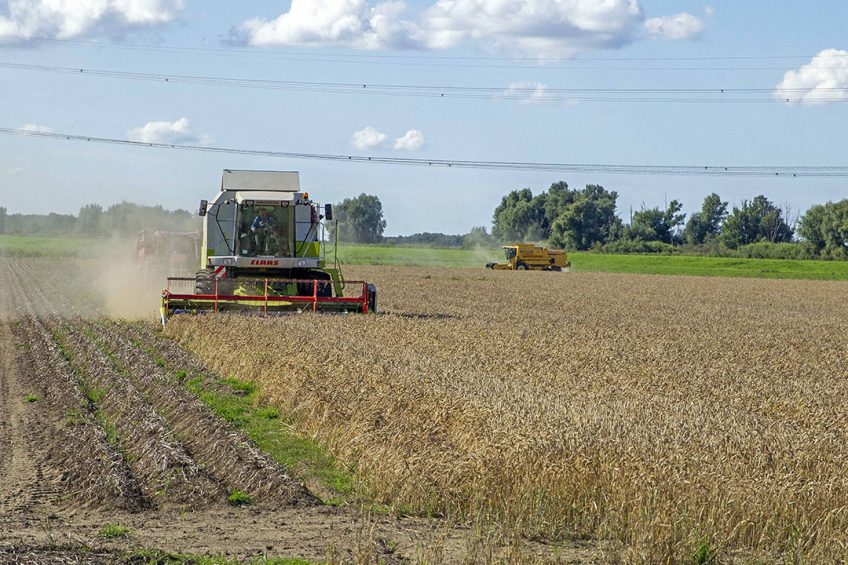Wheat market: Erratic weather and unstable prices

The grain market is currently a weather market with the influence of fluctuating production forecasts as a result. This now has consequences for maize, which has been very expensive for some time.
In the whole of Europe, the weather is now favourable for wheat, that was clear, but in the United States, for example, it has also rained in the north, which was much needed there for the spring wheat.
Wheat future price falls
The wheat future price is now falling. In the very dry maize production area, there has also been some precipitation and a weather turnaround is on the horizon, which is also putting pressure on prices. Moreover, according to market agency Agritel, there are many analysts who estimate the American corn acreage to be larger than the latest statement from the USDA Department of Agriculture. The final acreage figures will be announced on 30 June.
US policy on biofuels
Just as important to the current price trend in Chicago is the uncertainty about the Biden administration’s policy on biofuels. The drive to increase the use of biofuel, by increasing mandatory usage quotas for oil refineries, would be abandoned and perhaps even changed to reduced quotas. This immediately depresses the demand for maize and soy. The fact is that since Friday 11 June the maize price on the world market has fallen. The future price also fell in Chicago.
Fuss about corn market
What is striking is the commotion surrounding the outcome in the USDA’s latest Wasde report on the corn market. USDA reports a 2020-21 production forecast for Brazil of 98.5 million tons. That is 3.5 million tons less, compared to the previous month. According to many parties, including the market bureau Agritel and Rabobank, this scaling down is still far too optimistic. A production around 92 million tons is considered much more likely. In the long run, this will actually increase the price.











